“What kind of food is Yakiniku? What’s so special about being so popular?”
“The meat menu at Yakiniku usually has Karubi, Harami, so what kind of meat is Karubi and Harami?”
Yakiniku is a very famous and popular dish in Japan. From children to the elderly, from men to women, it can be said that everyone loves Yakiniku.
Let’s find out in more detail what Yakiniku is and what types of meat are popular at Yakiniku restaurants in Japan.
Yakiniku (焼肉) is Japanese grilled meat
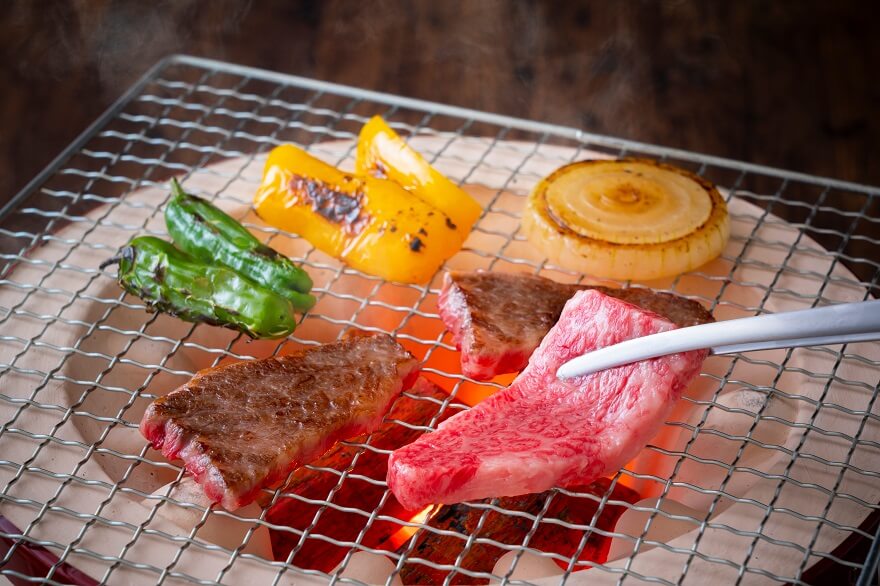
In Japanese, Yaki (焼き) means “grill”, Niku (肉) means “meat”, and Yakiniku (焼肉) simply means “grilled meat”.
Yakiniku usually uses pork, beef and chicken.
In which, beef is mostly imported from Australia or the US. In case of using Japanese beef, the menu will clearly state “Wagyū” or “Kokusan-gyū” for diners to recognize.
Besides meats, Yakiniku restaurants in Japan also have grilled seafood and grilled vegetables on the menu.
In particular, vegetables are often not seasoned, so they are often interspersed with grilled meat to change the taste.
Grilled meat is quite a popular dish in many parts of the world, but it can be said that Yakiniku – Japanese grilled meat is especially popular thanks to the use of a variety of meats and excellent marinade.
Popular meats at Yakiniku in Japan
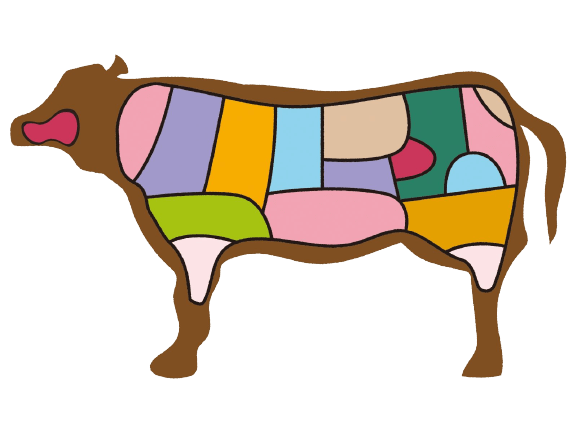
Referring to Yakiniku – Japanese grilled meat, you must often hear about Karubi (rib meat) or Gyūtan (cow tongue).
In fact, if broken down, more than 30 parts of cow/pork/chicken are used to make Yakiniku in Japan.
If you go to the Horumon Yaki (grilled offal) you will see more strange parts, but even if it’s just a normal Yakiniku restaurant, the menu of meats is also very large.
Here, I will introduce how to distinguish the common types of meat at Yakiniku restaurants in Japan.
Karubi: cow/pork rib meat
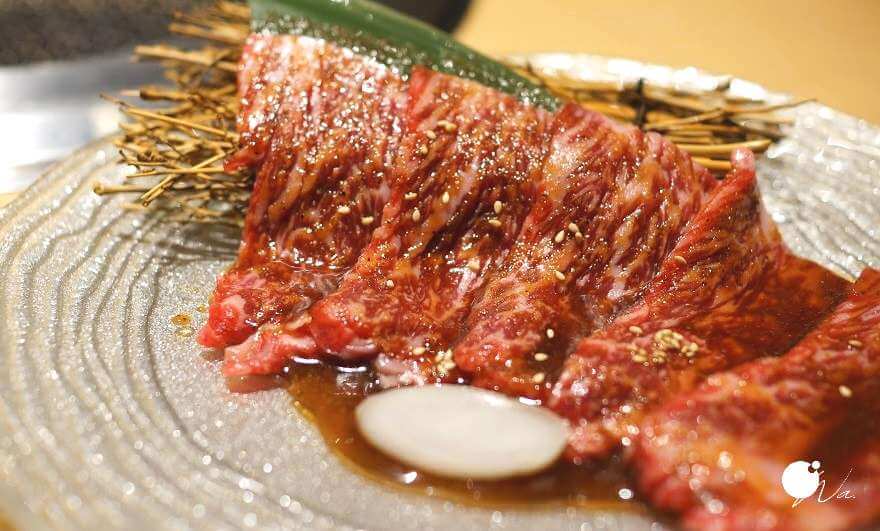
Karubi is cow/pork rib meat.
Karubi is the most famous type of meat when it comes to Yakiniku – Japanese grilled meat.
The characteristic of Karubi is its marbling, which makes it ideal for grilling.
When grilled, the fat melts and leaves just enough to make the meat tender, juicy, and delicious.
In some Yakiniku restaurants in Japan, in addition to Karubi, the menu also includes Jō-Karubi or Tokujō-Karubi.
To put it simply, Tokujō-Karubi is the softest and most delicious, followed by Jō-Karubi, and finally Karubi.
So in terms of price, Tokujō-Karubi will also be the most expensive.
Karubi meat is characterized by a lot of fat, so it is great to eat when grilled.
If you go to eat Yakiniku in Japan, definitely do not miss Karubi meat.
Harami: cow/pork diaphragm meat
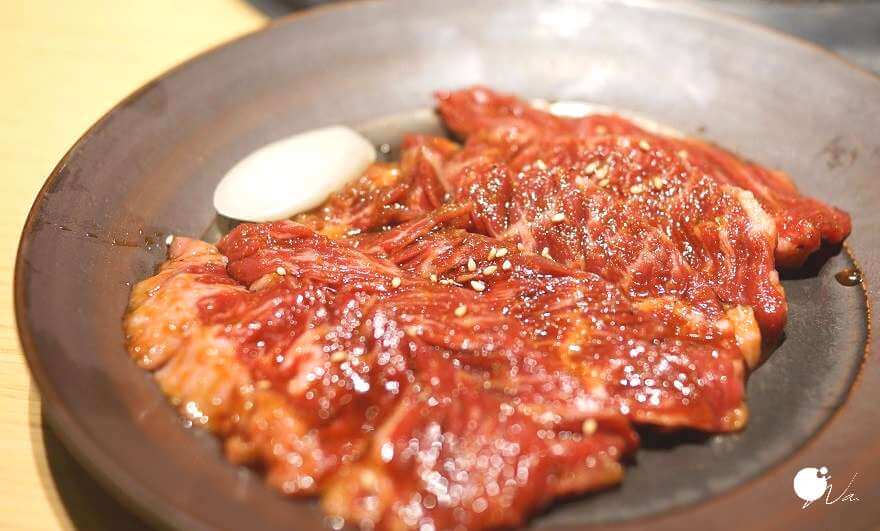
Harami is the meat of the diaphragm (the part between the ribcage and abdomen) of a cow/pig.
Harami meat is characterized by medium fat and very tender meat.
Although it looks like lean meat on the outside, according to the Japanese classification, Harami is counted as a part of the offal.
Harami meat also has Jō-Harami and Tokujō-Harami.
Accordingly, the taste & price will increase gradually from Harami, to Jō-Harami, the best and most expensive will be Tokujō-Harami.
Harami when grilled is very delicious, soft and not too fatty like Karubi (rib meat).
This is also a part of meat that is very popular with women.
Rōsu: lean meat from the shoulder to the back of a cow/pork
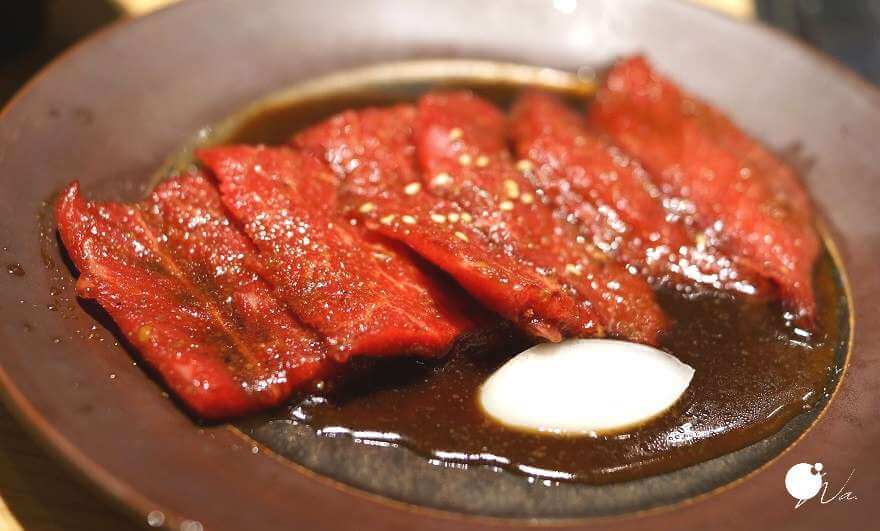
Rōsu is lean meat from the shoulder to the back of a cpw/pork.
Compared to Karubi (rib meat) and Harami (diaphragm meat), Rōsu is less fat, tender and has a stronger meat flavor.
In some Yakiniku restaurants, sometimes the menu will include Jō-Rosu and Tokujō-Rōsu, which are two more advanced versions of Rōsu.
Among them, Tokujō-Rōsu is the softest and most expensive, then Jō-Rōsu, then Rōsu.
If you like to eat grilled meat but are afraid of many calories, definitely try Rōsu meat.
Horumon: cow/pork/chicken offal
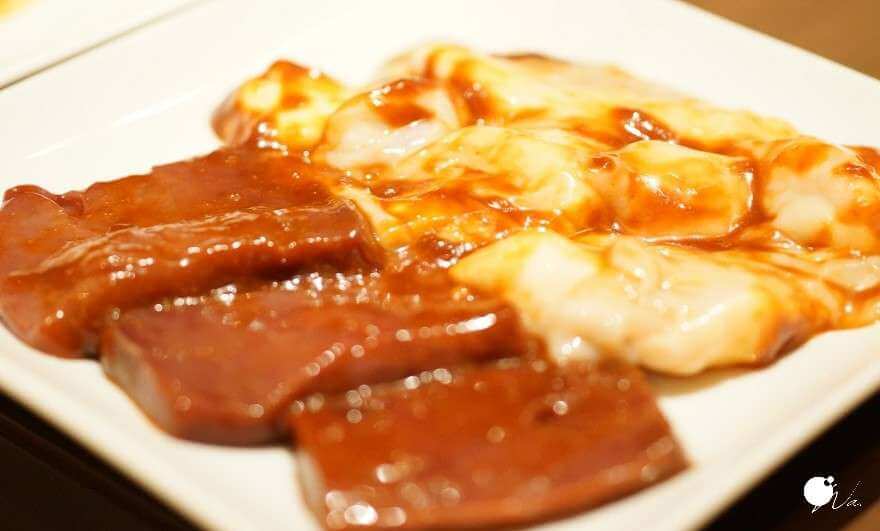
Horumon means young intestines of cows/porks, but in Yakiniku restaurants, people use the word “Horumon” to refer to the common organs of cows/pork/chicken.
At Yakiniku restaurants, the popular types of Horumon can be mentioned as the young intestine (Horumon), liver (Rebā), heart (Hatsu), stomach (Mino) … In particular, young intestine is the most popular menu because this part is rich in fat, so it is very fragrant and very fatty to eat.
Originally just a side dish in the Yakiniku menu, but thanks to the rich flavor that goes well with beer, there are now many Horumon-Yaki restaurants in Japan, means pubs specializing in grilled offal dishes.
You may be a little afraid at first, but try ordering a plate of young intestines next time you go to Yakiniku.
Maybe you will be “fascinated” by the crispy fatty taste of the young intestine.
Gyūtan: cow tongue
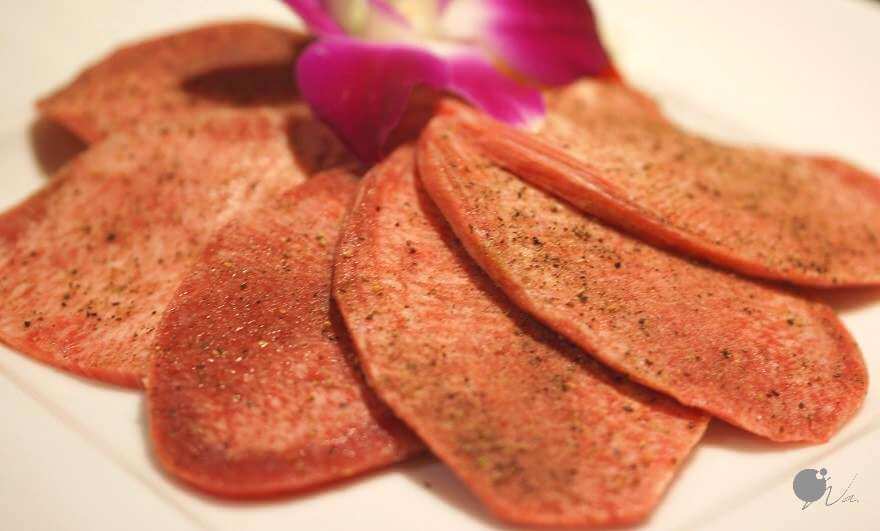
Gyūtan means cow tongue in Japanese.
This is a high-class dish at Yakiniku restaurants in Japan.
Gyūtan is interesting in that even though it is very soft, it still has a crunch, when biting, the juice will ooze out, with a very sweet taste.
The reason Gyūtan is expensive is because the process of preparing and preserving is extremely time-consuming and laborious.
In addition, the amount of Gyūtan obtained is very limited, averaging only about 2kg of tongue for a 500kg cow.

Among the limited amount of cow tongue available, only the tongue body and tongue root (the yellow and red parts as shown in the image) are used to make yakiniku.
As for the tongue tip (brown part as shown in the image), it is commonly used by cattle for grazing, so it is generally lean and quite firm, with little fat content. In Japan, the tongue tip is often used in simmered dishes.
Gyūtan (cow tongue) at Yakiniku restaurants is usually lightly seasoned with just a sprinkle of salt, rather than being heavily marinated like other meat dishes.
It is highly recommended to try Gyūtan before indulging in marinated meats to fully appreciate the delicate and refreshing taste of Gyūtan.
The three most popular Yakiniku marinade sauces
In addition to using quality meat, Yakiniku – Japanese grilled meat is much better thanks to the marinade sauces. When ordering grilled meat at Yakiniku, you need to specify which marinade to choose.
In Japan, there are 3 basic types of Yakiniku sauce: Tare (Tare), Salt (Shio-dare) and Miso (Miso-dare).
Same meat, but just changing the marinade will change the taste.
Tare Sauce
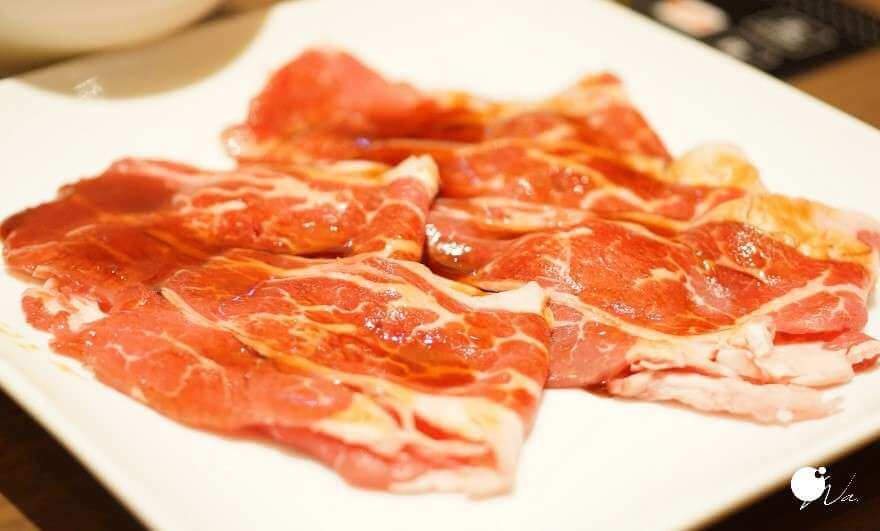
Tare sauce consists of soy sauce mixed with garlic, ginger, sugar…
Tare sauce has a sweet and salty taste, often marinated with meats such as Karubi (rib meat), Rōsu (lean meat).
Grilled meat marinated in Tare sauce is very rich and stimulating to the taste buds, this is also the most popular marinade for meat.
Salt sauce (Shio-dare)

Salt sauce includes salt, pepper, sesame oil (or lemon juice)…
Although salt sauce is not as rich as Tare sauce, in return it will help you feel more clearly the original taste of the meat.
You can order grilled meat marinated in salt sauce mixed with grilled meat marinated in Tare sauce to balance the taste.
Miso Sauce (Miso-dare)
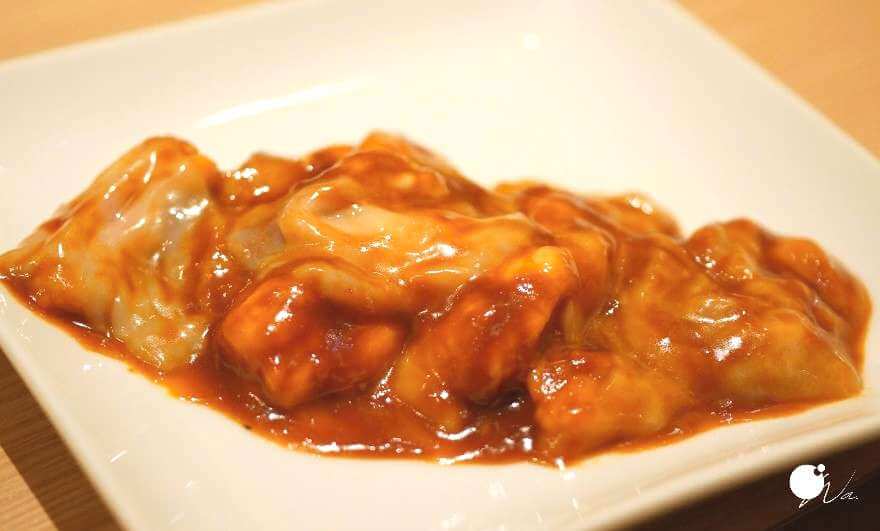
Miso sauce consists of Miso sauce as the main ingredient, along with sugar, Mirin…
Miso is a Japanese soy sauce made from soybeans, barley… fermented. In particular, soy protein in Miso soy sauce helps to eliminate fishy odors very effectively.
At Yakiniku restaurants in Japan, Miso sauce is often used to marinate Horumon (cow/pork/chicken offal).
Horumon marinated in Miso sauce will no longer fishy, and will absorb the taste of Miso again, so it is very sweet and delicious to bake.
In addition to the sweet Miso sauce, there is also a spicy Miso sauce, you can choose alternately to change the taste.
Popular dipping sauces when eating Yakiniku in Japan
To enjoy a more delicious Yakiniku, dip the meat with a variety of sauces before serving.
Here are some common dipping sauces you can find at Yakiniku restaurants in Japan.
Tare Sauce
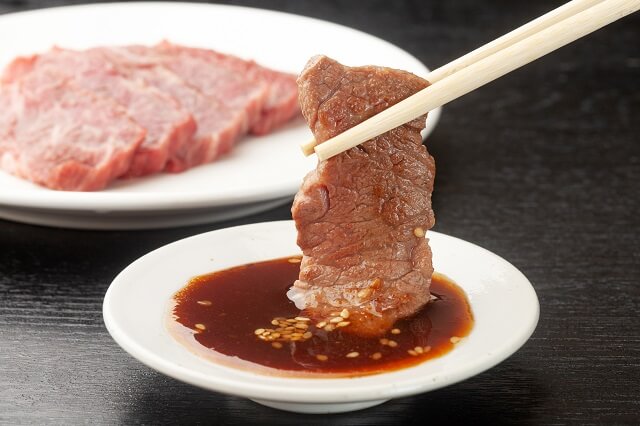
You can dip more Tare sauce before eating to feel the grilled meat more intense.
A delicious piece of grilled meat with Tare sauce served with white rice is an irresistible dish.
Salt
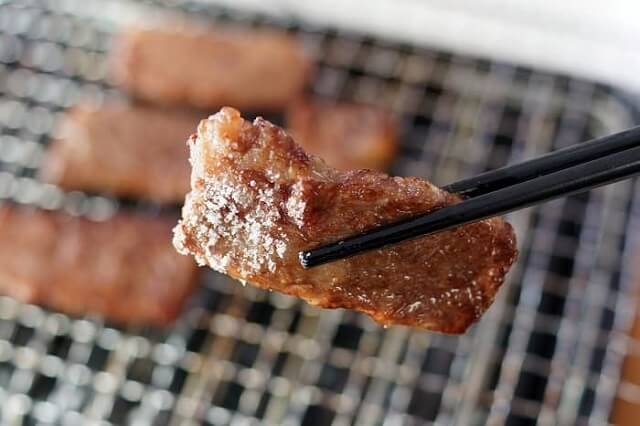
Grilled meat with a little salt will help make the taste more intense while still keeping the inherent flavor of the meat.
Lemon
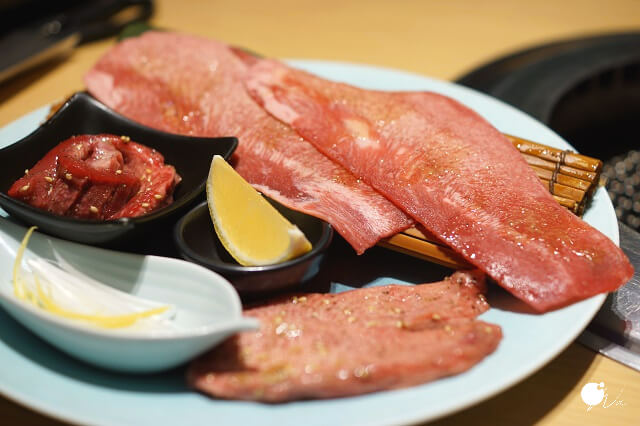
Lemon is the most popular dipping sauce when eating cow tongue, pork tongue.
Lemon not only helps to feel the inherent taste of the tongue but also brings a cool feeling when eating.
Ponzu sauce
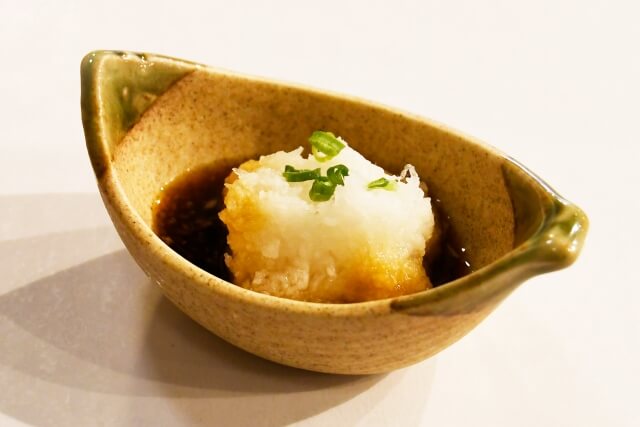
The sweet and sour taste of Ponzu sauce helps stimulate the taste buds and accentuate the grilled meat flavor.
Ponzu sauce is usually served with grated white radish. The way to eat is to dip the grilled meat into the sauce and eat it with some radish.
Minced garlic
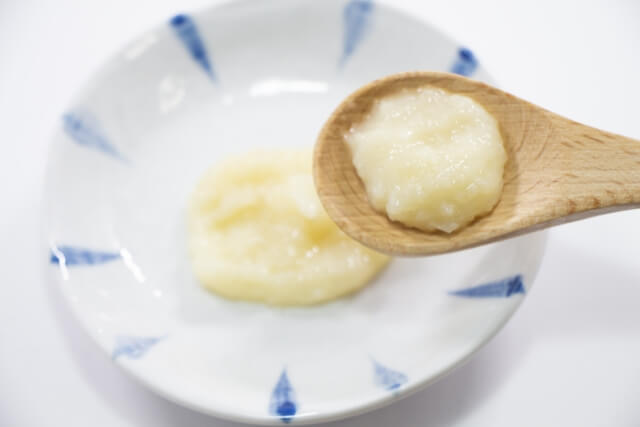
If you don’t mind the smell of garlic, try grilled meat with minced garlic!
You can add some minced garlic to Tare sauce and then eat it with it, really stimulating the taste.
Wasabi
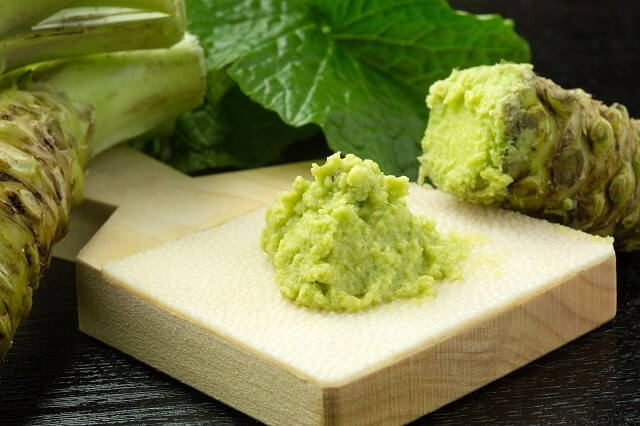
Not only Sushi and Sashimi, Japanese people also eat Yakiniki with wasabi.
Wasabi helps neutralize the fat of grilled meat, helping you to feel less bored and more appetizing.
Conclusion
Now you have a better understanding of Yakiniku – Japanese grilled meat, right?
- Karubi: rib meat, a lot of fat
- Harami: diaphragm meat, medium fat
- Rōsu: lean shoulder meat, low fat
- Horumon: offal (intestine, heart, liver, stomach …)
- Gyūtan: cow tongue, crispy and very tasty
Understanding the characteristics of each type of meat not only enhances your enjoyment of yakiniku but also helps you easily order your favorite dishes.
Try applying the knowledge from this article when dining for yakiniku to enhance your enjoyment of the fantastic Yakiniku – Japanese grilled meat experience!

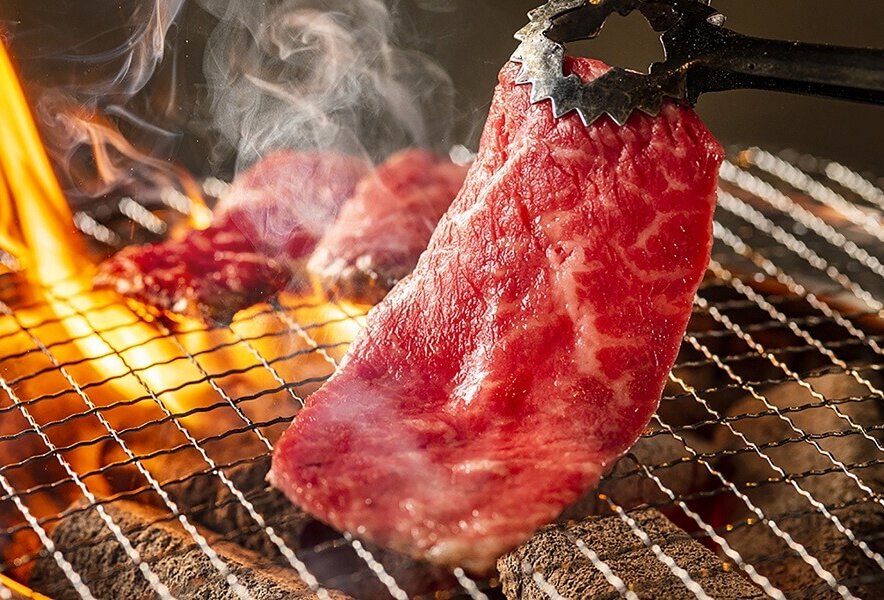
Comment